Perimeter Detection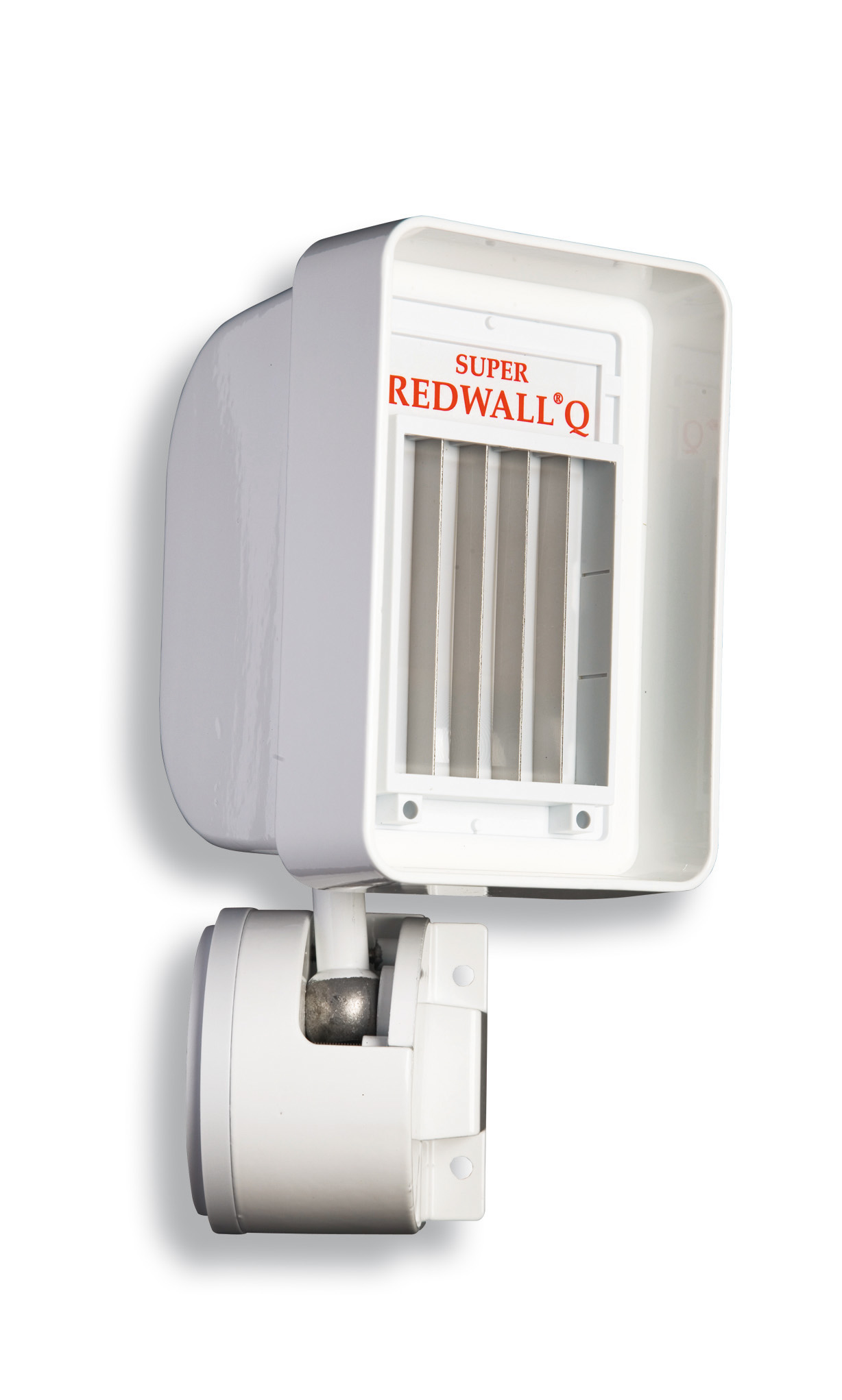
Outdoor security sensors detect intruders as soon as they enter a protected area and before they can gain access to people or valuable assets.
External sensors can be used either to complement indoor security sensors or as primary security in situations where indoor security is not feasible. Able to protect assets at both manned and unmanned sites, outdoor security sensors are a practical solution for remote sites where guards are not a viable alternative.
External sensors face challenges not found in indoor security situations. Environmental conditions, such as temperature extremes, rain, snow, animals, blowing debris, seismic effects, terrain and traffic, must all be taken into account.
When functioning under these adverse conditions, the system must continue to maintain a high probability of detection while minimizing false alarms (alarms with unknown causes) and nuisance alarms (environment-related alarms), both of which can reduce confidence in the security system's performance.
The "vulnerability to defeat" characteristics of different sensors is important to consider. The hidden nature of totally covert sensors makes them difficult to avoid and less subject to vandalism. Intruders are not even aware of their presence. On the other hand, some sensors present an imposing appearance that can provide a deterrent effect. Volumetric sensors create a large invisible detection field that makes bridging difficult.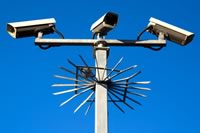
Closed circuit television (CCTV) cameras are an important element in external security. CCTV assessment is used to verify whether or not alarms reported by intrusion detection sensors are valid intrusions or false / nuisance alarms, ensuring that only valid alarms are responded to. Use of assessment is especially important for remote sites where response to nuisance alarms can be particularly costly.
External sensor types:
Many types of outdoor sensors exist in the market. The most appropriate sensor to use depends on several factors: perceived threat and level of protection required; effectiveness of the sensor against the threat; site conditions and environment; sensor cost-comparisons; and the life cycle or cost of ownership of the sensor. Many of our outdoor sensors can be classified into four groups: volumetric sensors, fence-mounted sensors, video motion detection sensors and barrier sensors.
Volumetric Sensors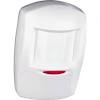
Volumetric sensors generate an invisible detection field that locates intruders moving through that field. As the field of detection is invisible, these sensors are very difficult to evade. Immune to most environmental conditions, these sensors are often used in sterile zones and may be totally covert.
Fence-Mounted Sensors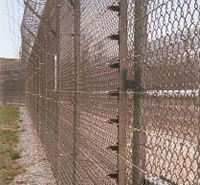
Fence and wall-associated sensors are above ground detection sensors that are attached to an existing fence or wall. They detect intrusion when an intruder disturbs the detection field or when vibration due to cutting or climbing on a metal fabric fence causes an alarm.
Barrier Sensors
Barrier sensors are a two-in-one security option. They provide both a barrier to intrusion and a sensor system for detection. Taut-wire sensors are an example of a barrier sensor that offers an almost zero False Alarm Rate and unsurpassed Probability of Detection.
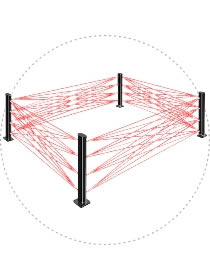 These sensors have virtually no environmental limitations and are able to provide reliable service for many years.
These sensors have virtually no environmental limitations and are able to provide reliable service for many years.



